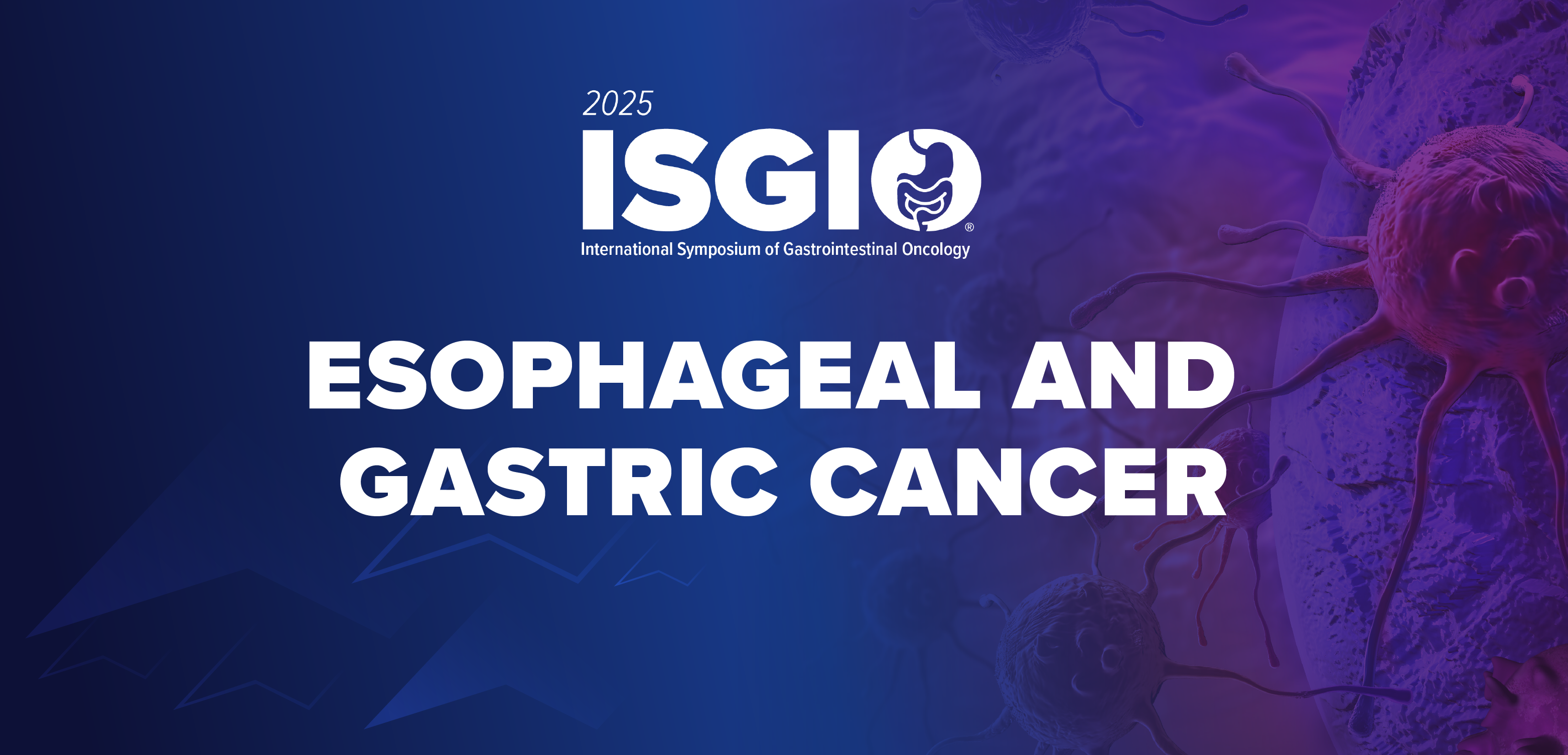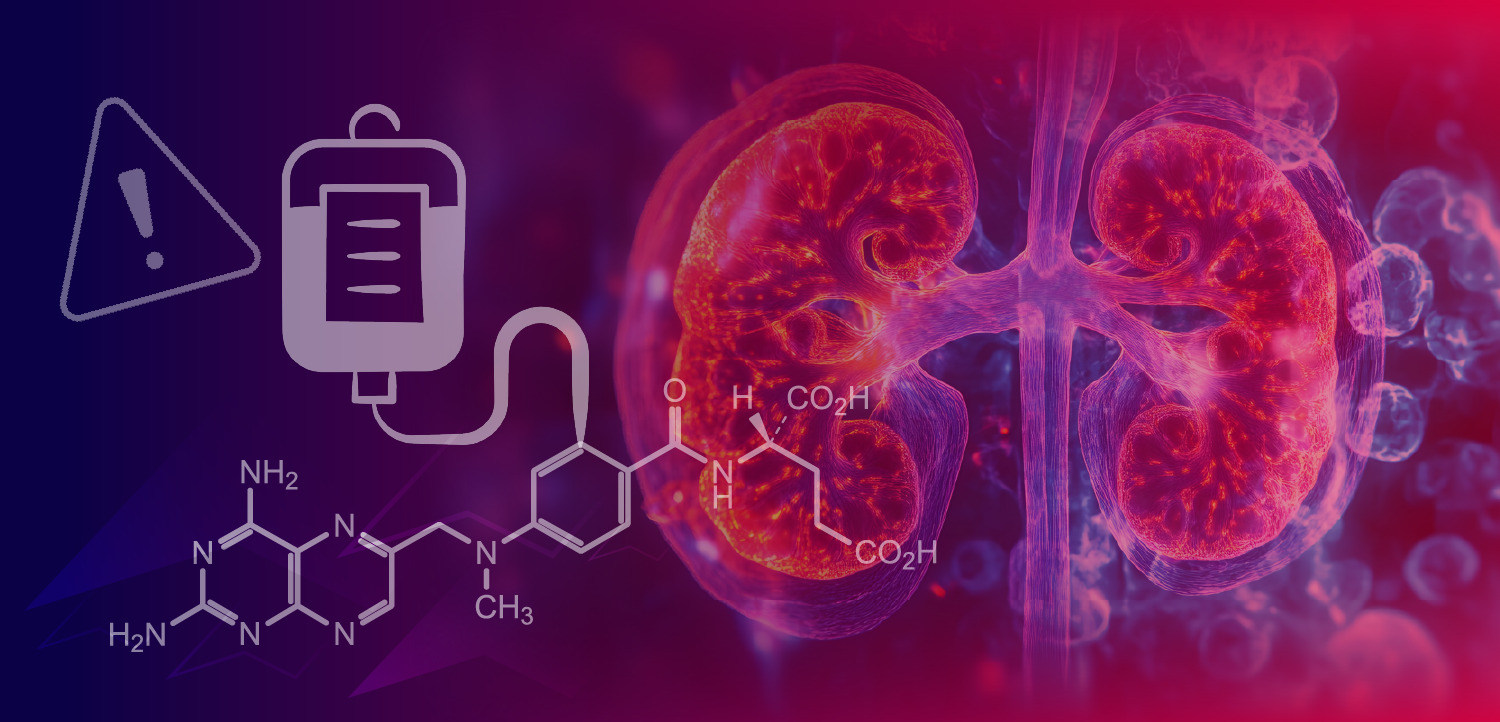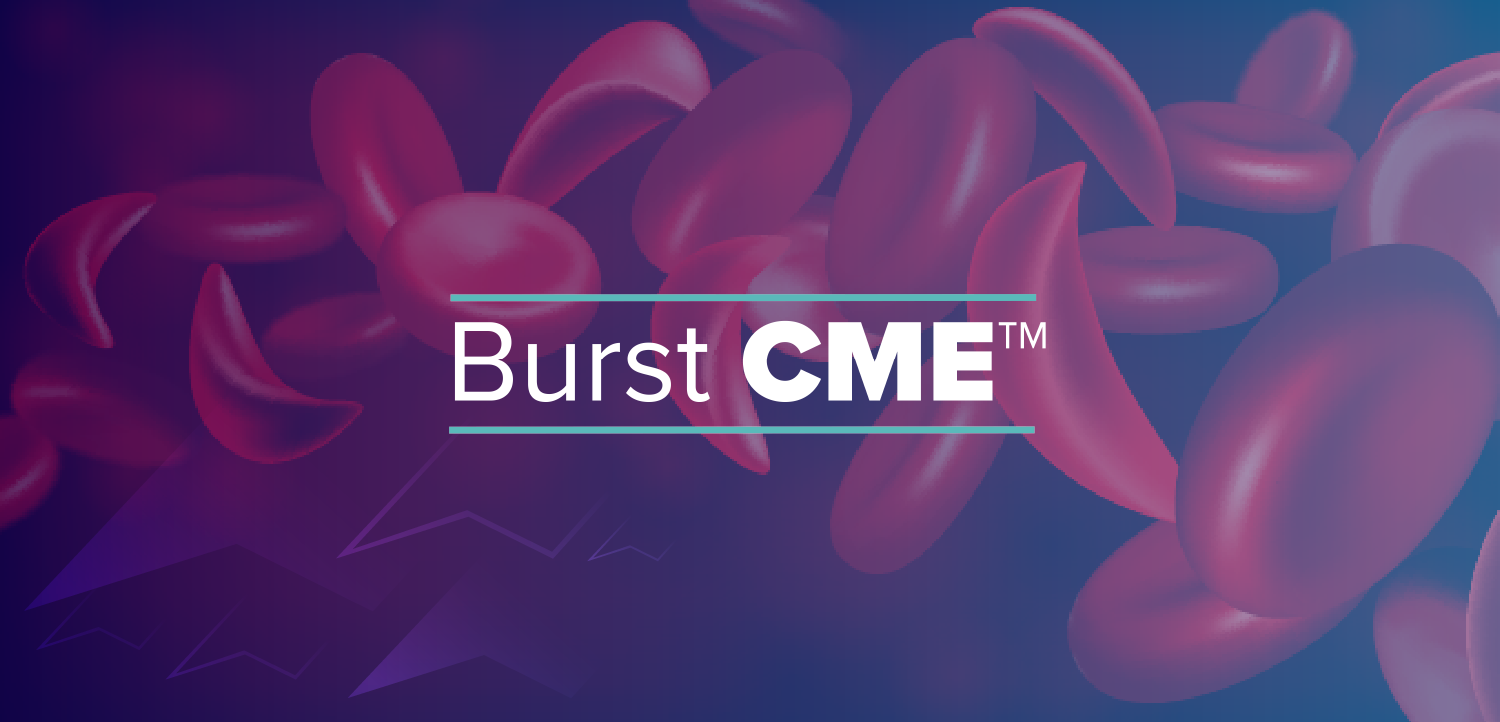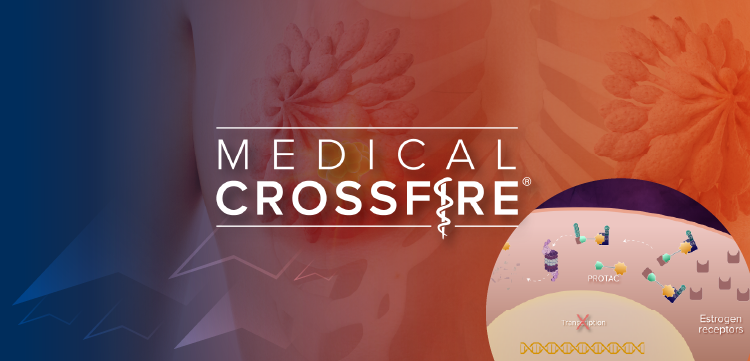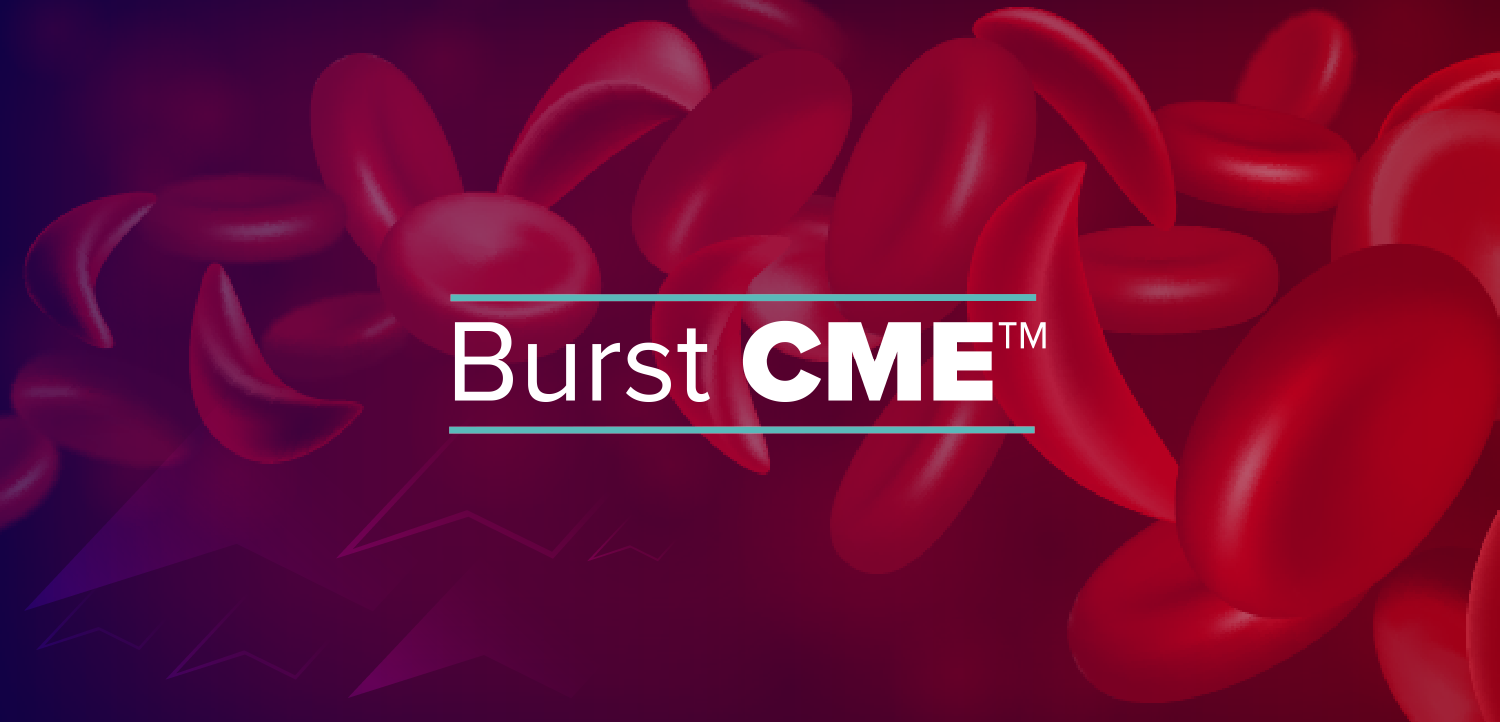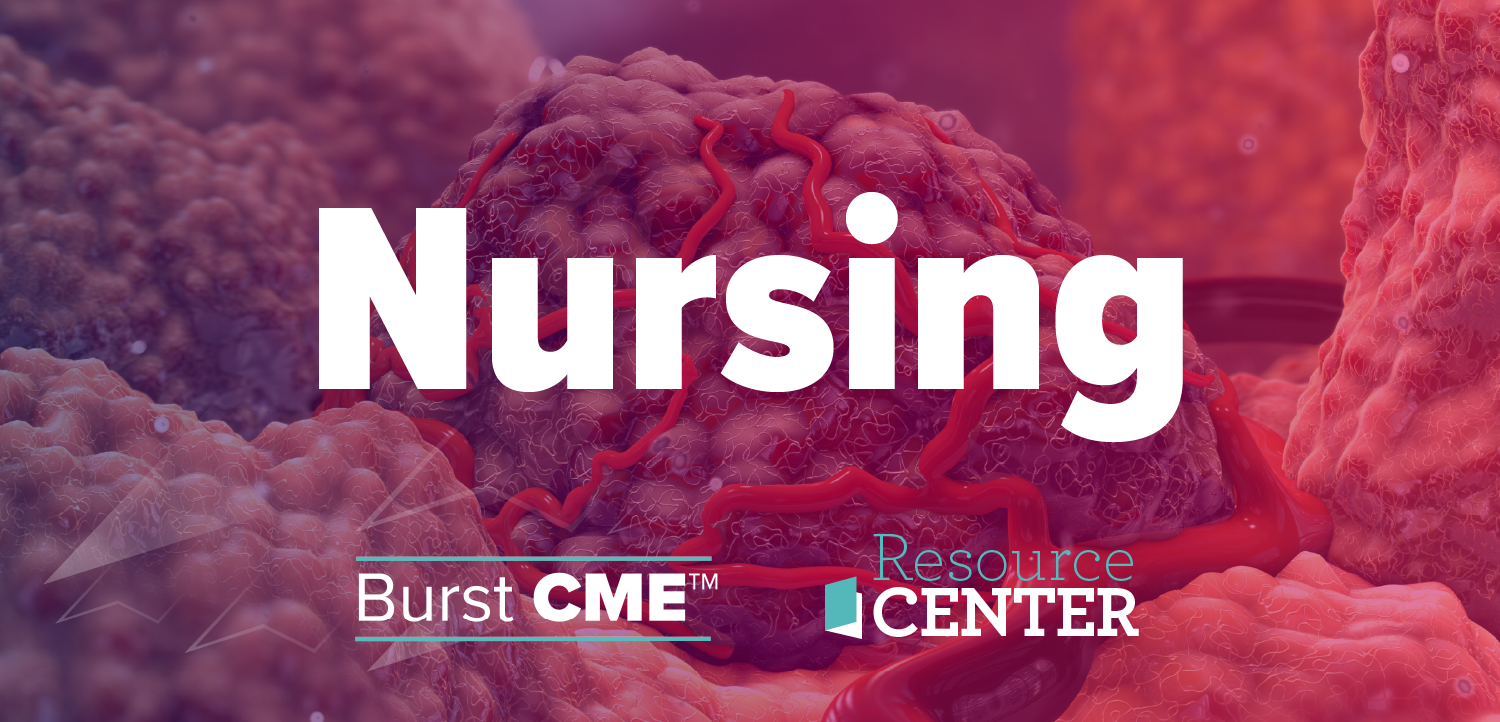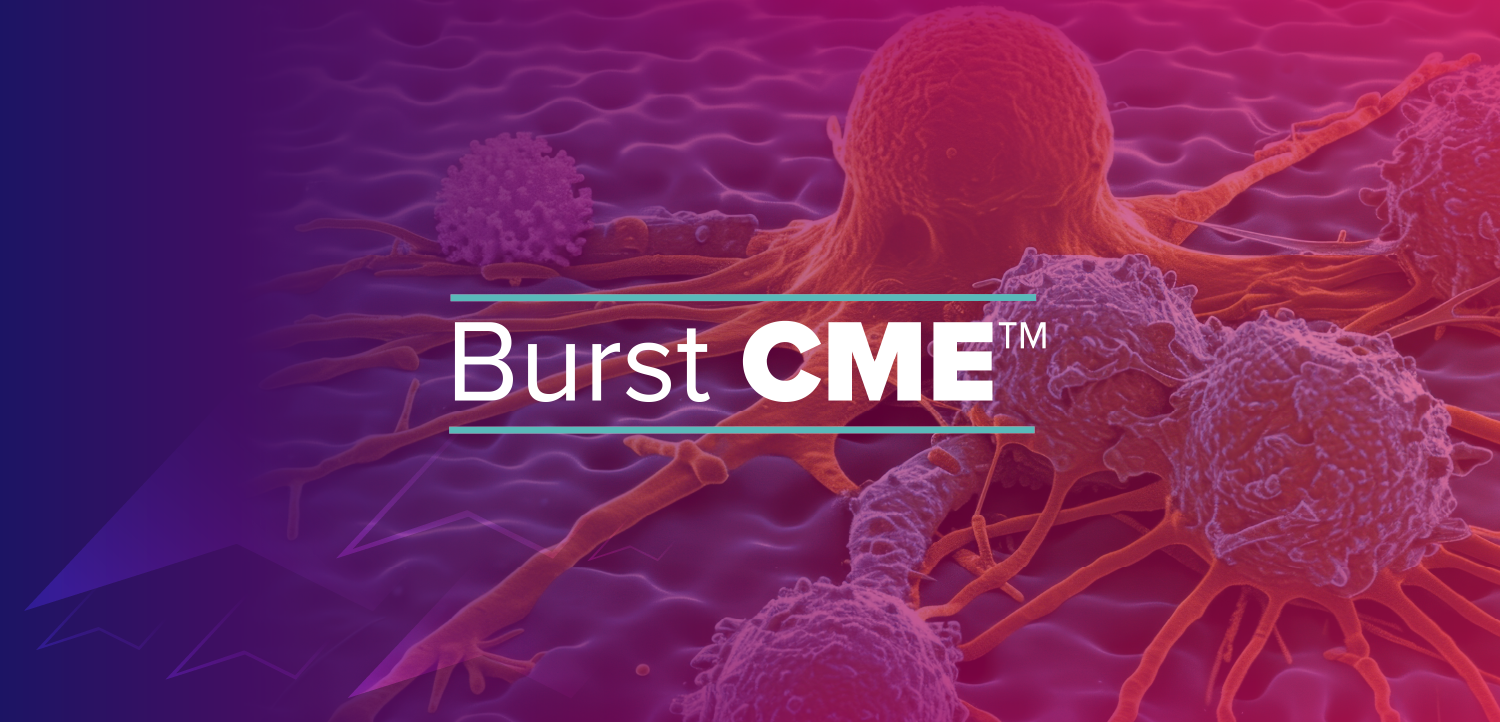
Harmful Bacteria Can Spread Via Hospital Sink Drainpipes
A recent study from the researchers at the University of Virginia has provided insight into how multidrug-resistant bacteria living in sink drainpipes can spread in hospitals.
Healthcare-associated infections continue to pose a problem for hospital personnel, despite daily efforts to keep the environment clean and safe for vulnerable patients. Past reports have found that hospital sink strainers can serve as potential reservoirs for harmful multidrug-resistant bacteria. Unfortunately, the observed link between these bacteria-laden sinks and a number of related outbreaks has been, for the most part, overlooked: until now.
In a recent
In a
The researchers found that first, the bacteria will “colonize the elbows of the drain pipes.” Then, these bacterial colonies will grow about an inch per day, slowly inching up towards the sink strainer. Considering the average distance between the elbows of the drain pipes and the sink strainers, the researchers estimated that the colonies can reach the strainers in about a week’s time. One the colonies make it to the strainers, they can be easily “splattered around the sink” as well as the counters that surround the sink; once they make it to the counter space, they are typically “picked up by patients.”
The inspiration behind this study came from the fact that multidrug-resistant bacteria continue to claim many patients’ lives. In addition, patients continue to acquire these bacteria within hospital settings. In a similar vein, another
Dr. Mathers’ team, in a collaboration with Alice Kizny Gordon, MBBS, and colleagues at the University of Oxford, UK, found over 32 studies that detailed how carbapenem-resistant bacteria can spread through sinks and other water reservoirs within hospitals. According to the press release, 50% of those studies “have appeared since 2010.”
Hospitals all around the world are facing this issue: when it comes to fighting bacteria that have developed resistance to several available drugs, there are few treatment options available. As such, researchers are constantly looking for ways to stop the spread of these hard-to-treat infections. “We wanted to better understand how transmission occurs, so that the numbers of these infections could be reduced,” Dr. Mathers explained.
The best way to understand the transmission pathway in hospital settings was to build “the only sink lab we are aware of in the United States,” according to Dr. Mathers. The sinks within the labs are designed to reflect the most common ICU sink found in the University of Virginia’s hospital in Charlottesville, Virginia. The researchers used Escherichia coli (E. coli) as the bacteria in their experiment because it can acquire pathological genes as well as antibiotic resistance genes, allowing it to evolve into dangerous superbugs.
What studies are in the future for Dr. Mathers and her team? They will be utilizing the sink lab once more as they team up with the Centers for Disease Control and Prevention to find out just how these harmful bacteria can reach vulnerable patients.
Dr. Mathers concluded, “This type of foundational research is needed to understand how these bacteria are transmitted, so that we can develop and test potential intervention strategies that can be used to prevent further spread.”
Newsletter
Stay ahead of emerging infectious disease threats with expert insights and breaking research. Subscribe now to get updates delivered straight to your inbox.













































































































































































































































































